
An effectve holistic approach to healthcare
Dr Erin Barnes treats patients in two Gold Coast Locations
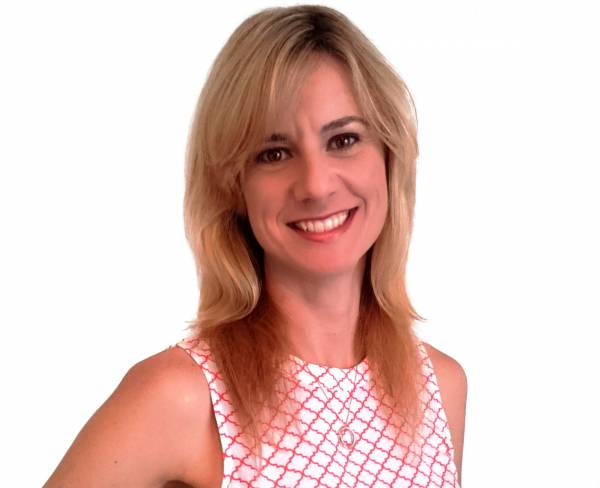
Dr Erin Barnes, OsteopathGold Coast | Chirn Park | Elanora
Erin is passionate about identifying the true cause of a patients problem and addressing how that effects them in all aspects of their life. She has undergone post-graduate training in visceral osteopathy, dysfunctional breathing and has travelled overseas for training in the Perrin technique. The Perrin technique focuses on treating chronic fatigue/Myalgic Encephalomyelitis, fibromyalgia, Long COVID, IBS as well as optimising lymphatic and glymphatic flow to help manage symptoms of dysautonomia. Erin uses a broad spectrum of osteopathic techniques varying from craniosacral to physical manipulation, and believes that having an understanding in all osteopathic techniques allows her to be able to provide the best specialized treatment for each individual. Working with the idea that ‘patient education is key’, Erin uses her knowledge help people take control of their pain and enables them to manage their recovery through exercise prescription and empowering, positive choices.
Erin is a casual lecturer at Sothern Cross University, educating osteopathic students in their final year of the masters program.
Would you like to arrange an appointment or ask a question?
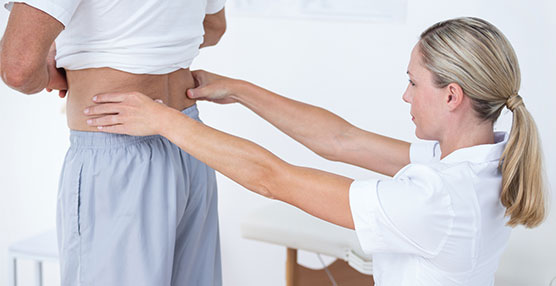
What is Osteopathy?
Osteopathy is an in-depth, systematic approach to health that aims to identify the primary cause of pain. It looks at all aspects of the human body such as muscles, joints, ligaments, bones, organs, nerves, circulation as well external factors that may be causing dis-ease. This holistic form of manual therapy also includes patient education and exercise prescription in order to help people understand the what and whys of their situation, so they can identify any perpetuating or causative factors that might be inhibiting their recovery.
Treatments And ServicesTreating a wide variety of ailments
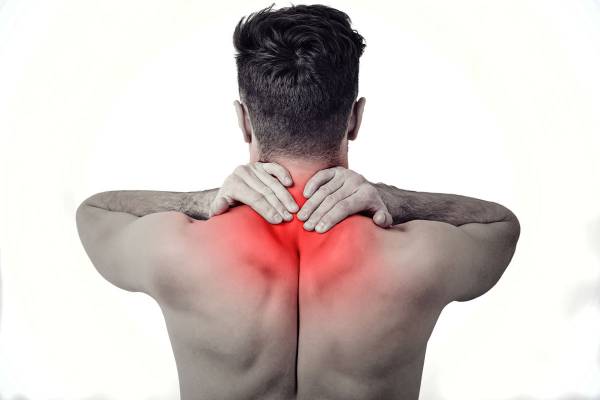
Neck Pain
Neck pain is a common complaint to osteopathic clinics. It is mostly due to muscle tension, joint strain/degeneration or upper thoracic dysfunction but there are always mainly factors affecting us. The head and neck are the last places that the body can compensate for imbalances from further down the body, this can alter the head position causing pain. This is why poor posture/ergonomics often result in neck and back pain.
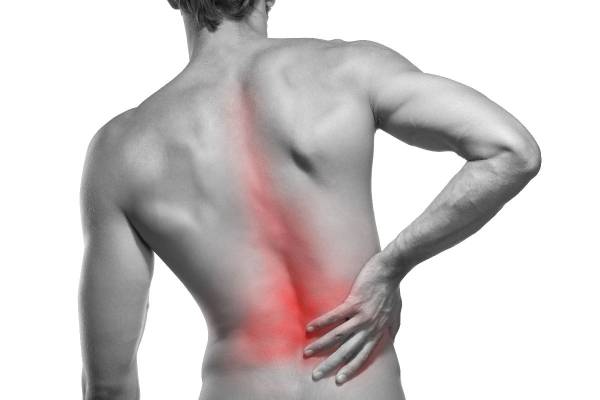
Back Pain
Back pain, especially lower back pain is experienced by approximately 80% of our population. It often stems from tight muscles, joint dysfunction and degenerative changes. Muscle weakness can cause opposing muscles to over work to maintain stability, resulting in fatigue and aching often at the end of the day or when we haven’t moved in a while. Altered spinal dynamics can adversely affect neural junction which can lead to referred pain, muscle dysfunction, altered visceral function and central nervous system congestion. Looking at the body as a whole is very important as it leads us to the correct treatment and rehabilitation plan for our patients.
Common Causes of Neck & Back Pain include:
Herniated discs, muscle tension, degeneration of associated joints, referred pain from organs, nerve impingement, trauma (e.g. whiplash), dysfunctional breathing, jaw problems, interrupted circulation, fascial strains, scoliosis, thoracic spinal dysfunction, Headaches, stress, poor posture and ergonomics, leg length discrepancies, core instability and more.
When addressing Neck & Back Pain, an osteopath may consider:
- Muscular tension & inflammation.
- Nerve compression and irritation.
- Mobility of cervical, thoracic spine and Lumbar spine.
- Degenerative changes.
- Previous trauma.
- Vertebral junction.
- Rib and clavicular function.
- Nerve compression and irritation.
- Heart and lung function.
- Sacroiliac joint function.
- Myofascial restrictions of the head, neck, chest, back also upper & lower limbs.
- Posture and daily physical patterns that may be causing or maintaining a dysfunctional.
- Desk ergonomics.
- Ankle, knee & hip function.
- Dysfunctional breathing.
- Leg length discrepancies.
- Jaw (TMJ) dysfunctions.
- Cranial bone positioning and dural tension.
- Diet, lifestyle & emotional triggers.
- Organ and associated nerve innovation.
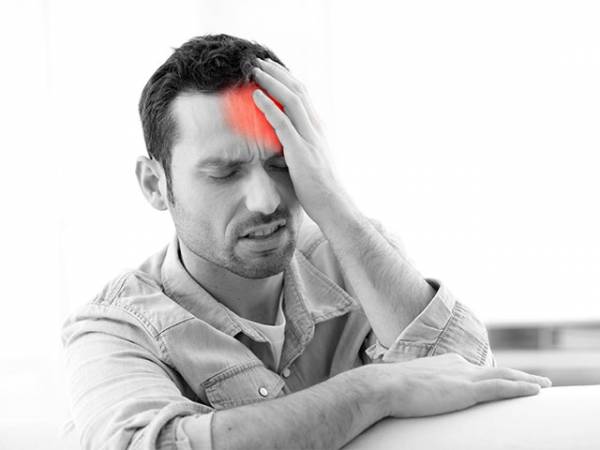
Headaches
Headaches are defined as any pain steaming from the head. They are classified as having systemic or neurological, musculoskeletal and vascular causes. If you experience headaches regularly try keeping a diary of what happened prior to and them and their symptoms, this can help identify triggers so you can avoid them.
Common causes of headaches:
Muscle tension, jaw problems, teeth grinding, whiplash, infection, joint sprain, dysfunctional breathing, sinus congestion, poor posture, decreased cranial drainage, dehydration, poor desk ergonomics, STRESS and more.
Migraines
Migraines are caused by arterial spasms within the skull. Migraines can have visual, auditory and gastrointestinal sensitivities as well has head pain. They are described as being with or without aura and are exaggerated by triggers. If you experience migraines regularly try keeping a diary of what happened prior to and the symptoms, this can help identify triggers so you can avoid them.
Common Triggers for migraines include:
Different foods (diary), alcohol – especially red wine, lack of sleep, stress, caffeine, smoking, Hormone changes, menstrual cycles and more.
There can also be a genetic component to migraines.
When addressing Headaches and migraines, an osteopath may consider:
- Cranial & lymphatic congestion.
- Muscular tension & inflammation.
- Nerve compression and irritation.
- Mobility of cervical, thoracic spine and associated ribs.
- Myofascial restrictions of the head, neck and chest.
- Posture and daily physical patterns that may be causing unease.
- Dietary and lifestyle triggers.
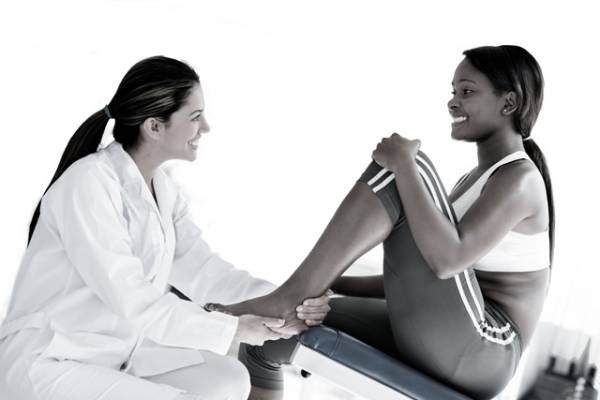
Injury & Rehabilitation
Sports & other injuries often require some form of rehabilitation, Osteopathy can provide an individualised and progressive treatment plan. Recovery is a complex process involving many aspects of the person’s body that can affect their ability to recover, osteopathy addresses the injured and surrounding tissues as well as the functionality of the associated joints, blood vessels and connective tissues. Creating balance within a person’s system is important to help provide optimal functionality, this will help reduce any possible pain causing factors. Exercise prescription and adaptive treatment can be a part of good rehabilitation plan.
Surgery can be an invasive procedure and has the ability to create new strain patterns within the damaged and surrounding tissues which can restrict fluid flow and excessive swelling (oedema). Osteopathy can use gentle techniques to help encourage drainage of these effected areas.
When addressing rehabilitation, an osteopath may consider:
- Joint mobility & stability
- Patient education
- Myofascial strain patterns due to trauma & surgery
- Pain management advice
- Lymphatic drainage efficiency
- Dietary suggestions
- Arterial and Venous supply
- Muscle integrity & function
- Injured tissue functionality
- Re-injury likelihood
- Exercise prescription
- Nerve conductivity
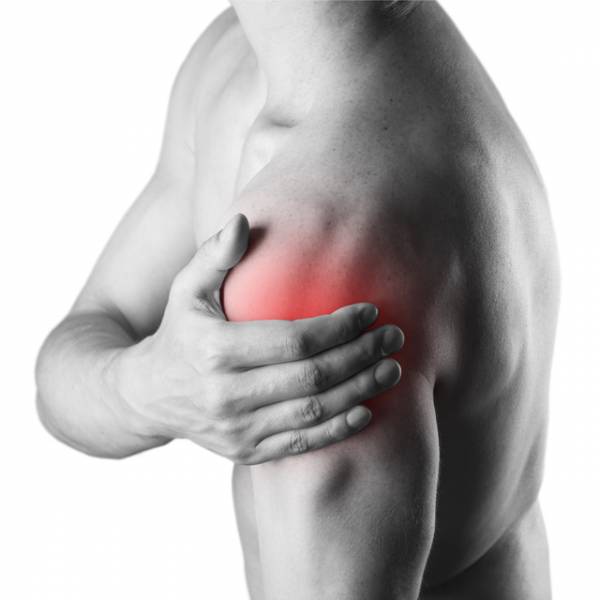
Shoulder Pain
Shoulder pain can have a big impact on someone’s life and can make the most basic of tasks difficult e.g. carrying the shopping or opening a door. The ‘shoulder girdle’ is made up of 4 major muscles and 2 bones (scapular and clavicle) that work with many other muscles of the chest, arm, back and neck. They all work in synergy with each other to create stability and strength in motion. It is often when this balance is interrupted that pain and dysfunction occurs.
Common Causes of Shoulder Pain include:
Muscle & tendon impingement, bursitis, tendinopathies, trauma, frozen shoulder, referred pain from organs (e.g. gallbladder, lungs & heart), herniated cervical discs, muscle tension, degeneration of associated joints, nerve impingement, repetitive strain injuries, dysfunctional breathing, fascial strains, thoracic spinal dysfunction, rib & clavicle dysfunction, stress, poor posture and ergonomics, cardiac conditions and more.
When addressing Shoulder Pain, an osteopath may consider:
- Muscular tension & inflammation.
- Nerve compression and irritation.
- Mobility & function of the cervical & thoracic spine.
- Degenerative changes.
- Previous trauma.
- Glenohumeral & acromio-clavicular joint function & alignment.
- Mobility of upper ribs and clavicle.
- Heart and lung function.
- Exercise history, patterns & positioning.
- Cranial & lymphatic congestion.
- Dietary and lifestyle triggers.
- Myofascial restrictions of the head, neck, chest, back also upper limbs.
- Posture.
- Daily physical patterns that may be causing or maintaining a dysfunctional.
- Desk ergonomics.
- Stress.
- Ankle, knee & hip function.
- Dysfunctional breathing.
- Leg length discrepancies.
- Jaw (TMJ) dysfunctions.
- Organ and associated nerve innovation.
Two Gold Coast Locations
Dr Erin Barnes practices out of two Gold Coast locations in Southport and Elanora. Bookings are essential. See below for hours and contact information.

Chirn Park Health Group
5/37 Musgrave Ave, Southport QLD 4215, Australia
Appointments from:
Monday: 9.15am – 5.00pm
Tuesday: 11.30am – 4.00pm
Thursday: 9.00am – 5.00pm

Ridiculously Well
54 Guineas Creek Rd, Elanora QLD 4221, Australia
Appointments from:
Wednesday: 9.00am – 5.30pm
Friday: 9.00am – 12:30pm
